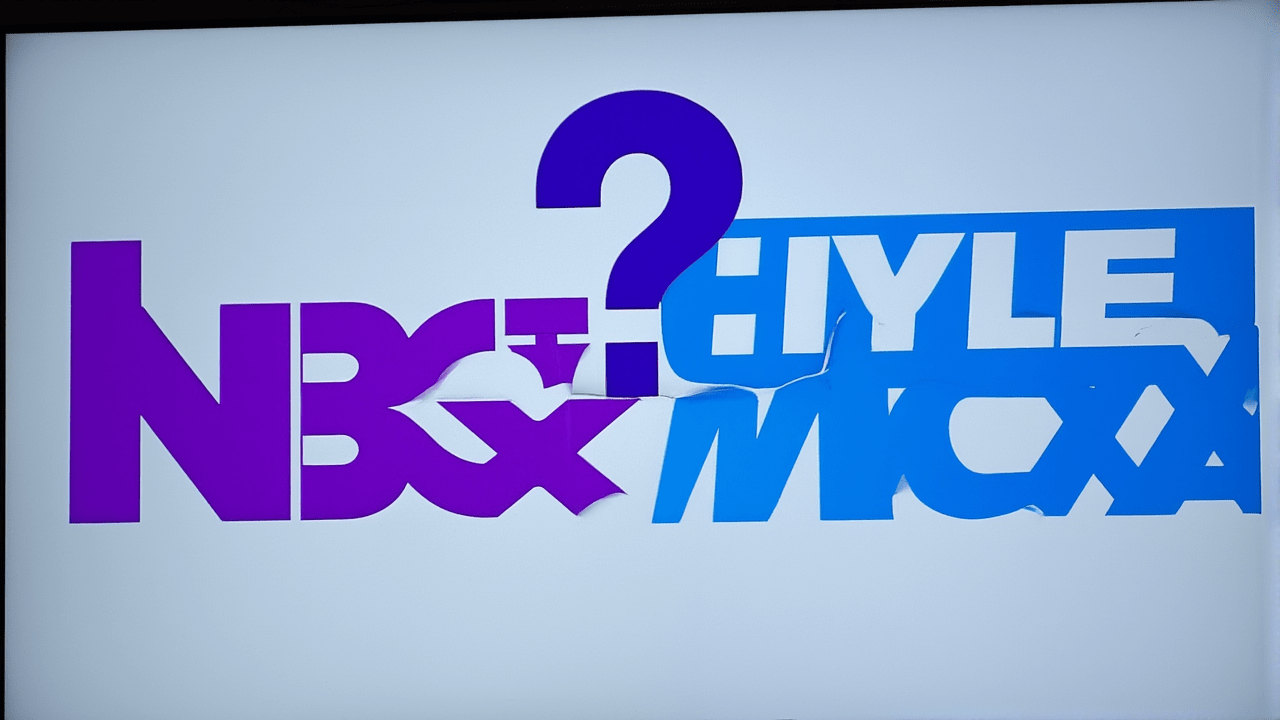Remember when your beloved streaming service, HBO Max, suddenly became just… Max? It left many of us scratching our heads, wondering, why the change?
Well, the main reason was simple: Warner Bros. Discovery, the company behind it, wanted to expand beyond HBO’s well-known reputation for serious, adult-oriented prestige dramas. HBO was synonymous with “It’s not TV, it’s HBO,” but this powerful, high-quality niche was perceived as too limiting for a broader market. They aimed to signal a much wider variety of content.
Another huge factor was the merger of WarnerMedia and Discovery Inc. This brought a massive library of unscripted content, including popular reality shows from HGTV, compelling documentaries from Discovery Channel, and engaging cooking shows from Food Network, all under one streaming roof. The name “HBO Max” didn’t quite fit a platform that now featured “90 Day Fiancé” alongside “The Last of Us.”
By dropping “HBO” from the name and becoming simply “Max,” the company aimed for broader audience appeal. Their goal was to create a platform that truly offered “something for everyone,” from gritty dramas and thrilling superhero sagas to lighthearted kid-friendly animation and binge-worthy reality TV, making it the go-to service for the entire household.
The initial idea was to forge a super-streamer capable of fiercely competing with industry giants like Netflix and Disney by offering an unparalleled breadth of content. While the “Max” brand did expand the content significantly, the company eventually decided to bring the “HBO Max” name back, acknowledging the powerful brand recognition and enduring quality associated with “HBO.” But that original shift to “Max” was fundamentally about making the service bigger, broader, and more universally appealing.

